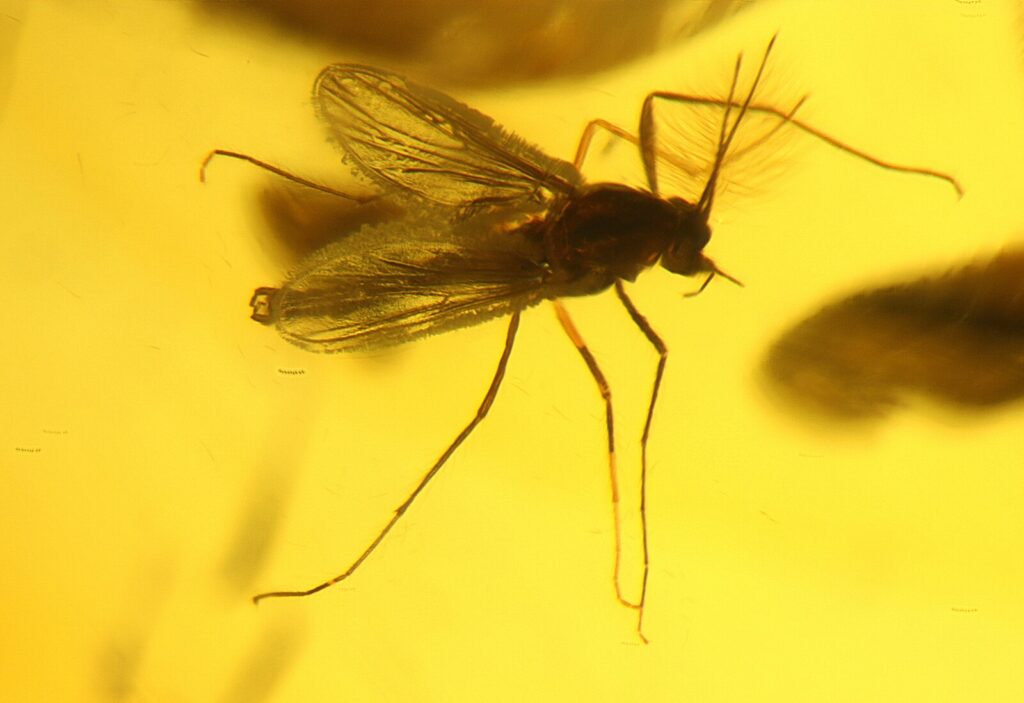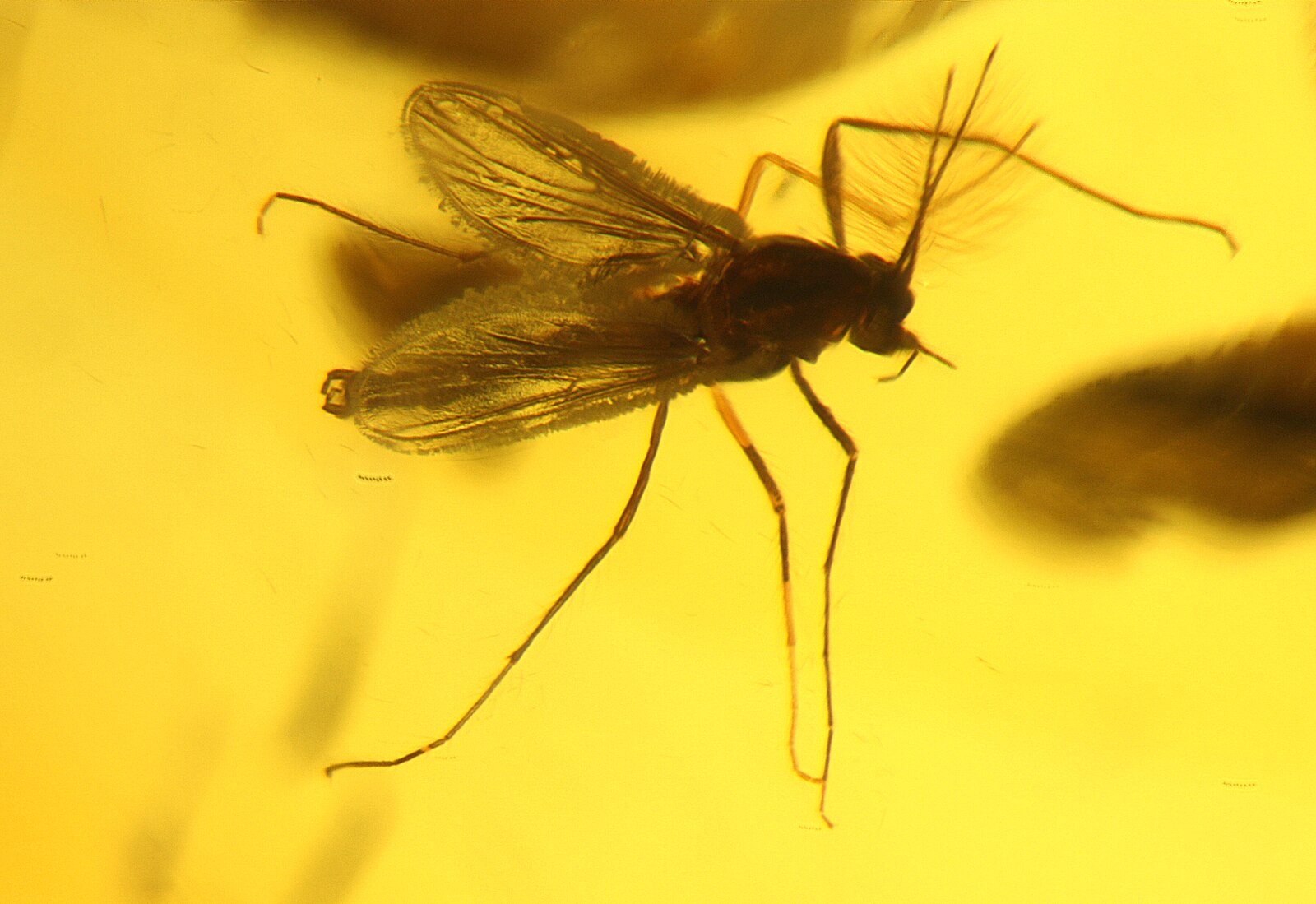A team led by researchers from the Chinese Academy of Sciences and the Lebanese University has made a groundbreaking discovery that pushes back the fossil record of mosquitoes by nearly 30 million years and reveals a surprising truth: ancient male mosquitoes also sucked blood.

Their findings, published in the journal Current Biology, showcase two exceptionally preserved male mosquitoes trapped in amber for 130 million years, dating back to the Cretaceous Period. This remarkable discovery sheds light not only on the origins of mosquitoes but also on their feeding habits during their early evolution.
“These fossils offer a window into the ancient world of mosquitoes and help us understand how this group evolved over time,” said Dany Azar, lead researcher and expert on amber inclusions. “They also provide valuable insights into their hematophagy, or blood-feeding behavior.”
Prior to this discovery, scientists believed only female mosquitoes fed on blood, a crucial source of protein needed for egg production. Males, lacking the necessary piercing mouthparts, were thought to primarily consume nectar and plant juices.
However, the newly analyzed fossils show that at least some ancient male mosquitoes possessed features strikingly similar to their modern-day female counterparts. These features include sharp mandibles and a long appendage with tooth-like bristles, both essential for piercing skin and drawing blood.
Given the estimated 3,000 mosquito species existing today, understanding their origins and early evolution has posed a significant challenge. A key difficulty lies in the scarcity of preserved insect fossils.
“Studying the evolution of feeding habits, particularly bloodsucking, has been hindered by the lack of comprehensive fossil records,” explained Azar.
While initially studying the amber fossils last year, Azar identified intriguing features but lacked the advanced technology required for further analysis. Joining the Nanjing Institute of Geology and Paleontology provided him with access to cutting-edge techniques like confocal laser scanning microscopy, which allowed him to identify the specimens as male mosquitoes.
The analysis revealed remarkably well-preserved features, including triangular-jawed mandibles and elongated maxillary palps with small tooth-like bristles, closely resembling those found in modern female mosquitoes. These sharp mandibles gradually degenerated over time, leading to the divergence in feeding habits observed today.
Based on these findings, researchers now believe that male mosquitoes indeed fed on blood 130 million years ago. Huang Diying, a researcher from the Nanjing Institute, suggests that the abundance of angiosperms, or flowering plants, over time provided male mosquitoes with a more energy-rich alternative: nectar.
“Bloodsucking can be a risky behavior, as it exposes the mosquito to potential harm,” Huang noted.
Azar, now a professor at the Nanjing Institute, recognizes the institution as one of the few dedicated to paleontology research globally. He emphasizes the importance of joint scientific expeditions to uncover further discoveries in the future.
This groundbreaking discovery not only rewrites the history of mosquito evolution but also offers valuable insights into the fascinating world of these bloodsucking insects. As research continues, we can expect to uncover even more secrets about these ancient creatures and their impact on the environment.


Leave a Reply
You must be logged in to post a comment.